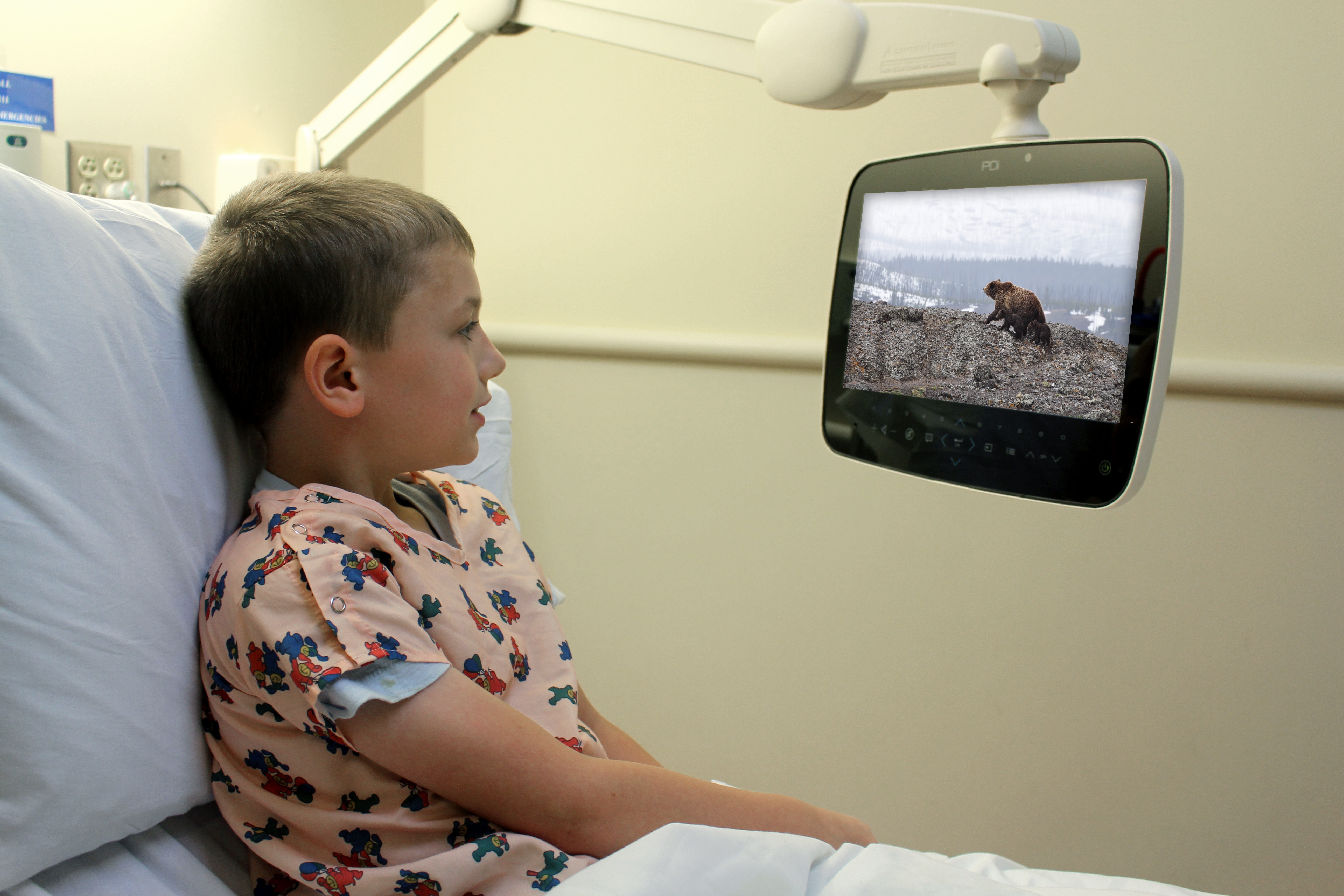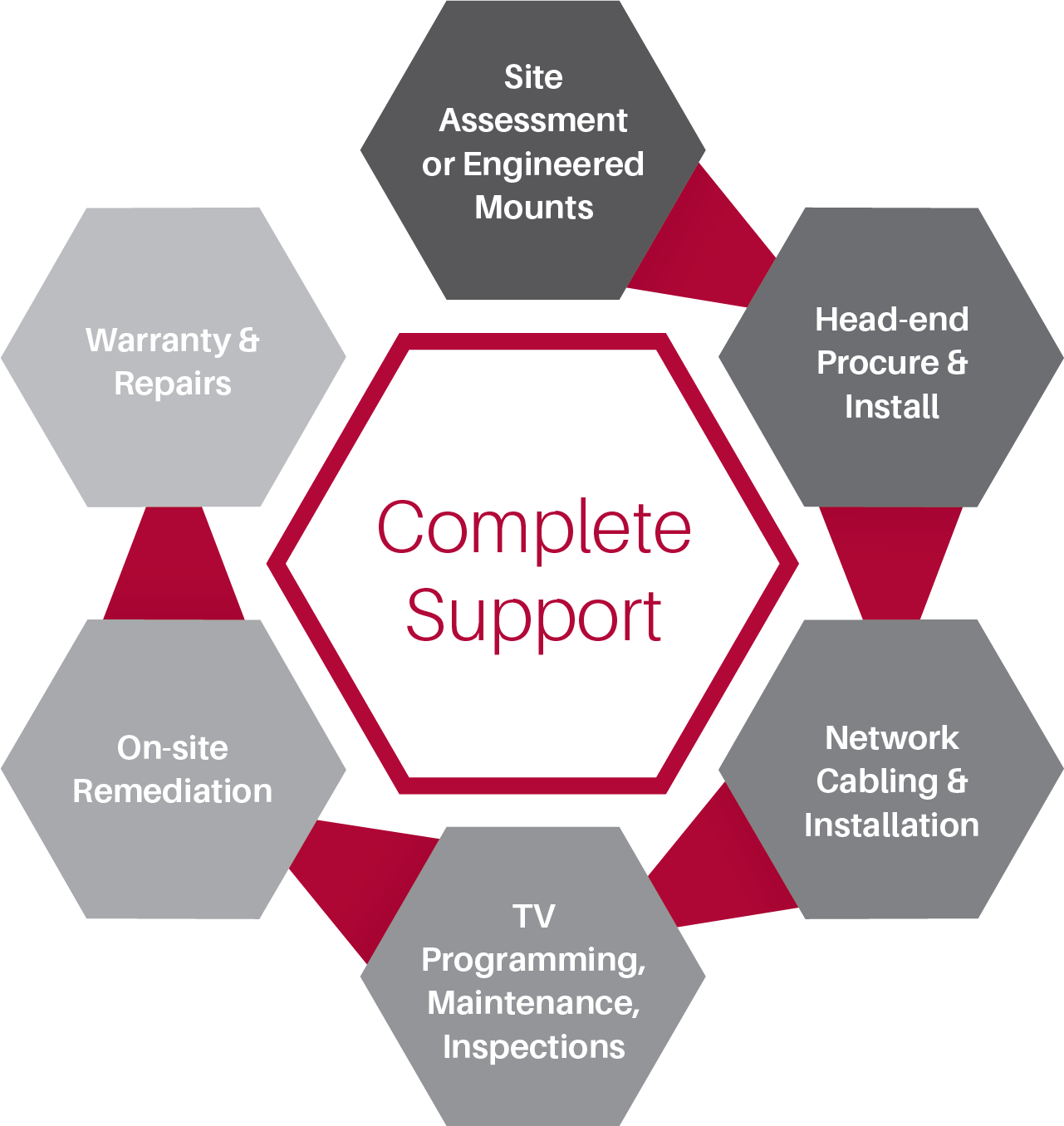1 min read
Healthcare Facility Managers Benefit from Hospital TVs Too
It may feel like you should be able to easily choose just any TV you want for your healthcare facility. We do that for our homes, why not in a place...

In today's healthcare climate, hospitals must provide excellence in patient experience to be competitive and successful. Many healthcare organizations are looking to technology to enhance patient experience, and there are thousands of software options to choose from. Once the software is selected to fit the organization's workflows and goals, the hardware is often selected next. In many cases the hardware is selected based on price.
However, the technology delivery method should never be an afterthought. The most crucial component that determines if the patient will adopt an interactive patient system is how it is presented to them as they sit in their hospital bed. So, it’s worth looking more closely at the factors to determine what delivery mechanisms translate to a positive return on investment and impact the patient experience.
Emerging technology is making displays more than entertainment devices. The interactive patient systems have a myriad of abilities to transform the patient experience. From delivering hospital information, patient guides, the ability to order meals, call the nurse or caretakers for assistance, display patient records, play patient education videos, stream movies, video chat with family, interpreters or off-site physicians, to allowing the patient to access apps and any internet services they desire. All of this can be configured to the device that is tied to their patient room and where that device is located in relation to the patient directly determines the extent of how the patient will use it.
How an interactive patient system is presented to the patient is a crucial factor if the patient and the hospital staff are to fully utilize the software. The patient will gravitate to technology that they are already familiar with, but to be truly successful in the patient room, the technology must anticipate their needs and effectively empower them as they heal.
Currently, healthcare providers have three methods to choose from to provide interactive patient systems to the patient. In this blog series we're looking closer at patient tvs and the different experiences they offer to patient engagement strategies; how a hospital-grade tv mounted to a wall compares to the experience of a hand held consumer tablet and then compared to an interactive healthcare-grade bedside tv.
Part 1: How a Large Healthcare TV Creates a Cinematic Patient Experience
Part 2: How a Patient Tablet Can Become a Portable Companion
Part 3: How a Bedside TV Created an Alternative Patient Experience

1 min read
It may feel like you should be able to easily choose just any TV you want for your healthcare facility. We do that for our homes, why not in a place...

Having worked at PDi as the Service Manager for over 13 years, it’s been a long time since we began discussing IPTV, Internet Protocol TV, as a real...

1 min read
Updated December 10, 2024 by Cat Saettel Patients can easily feel lonely during infusion therapy or a hospital stay. Healthcare organizations can...